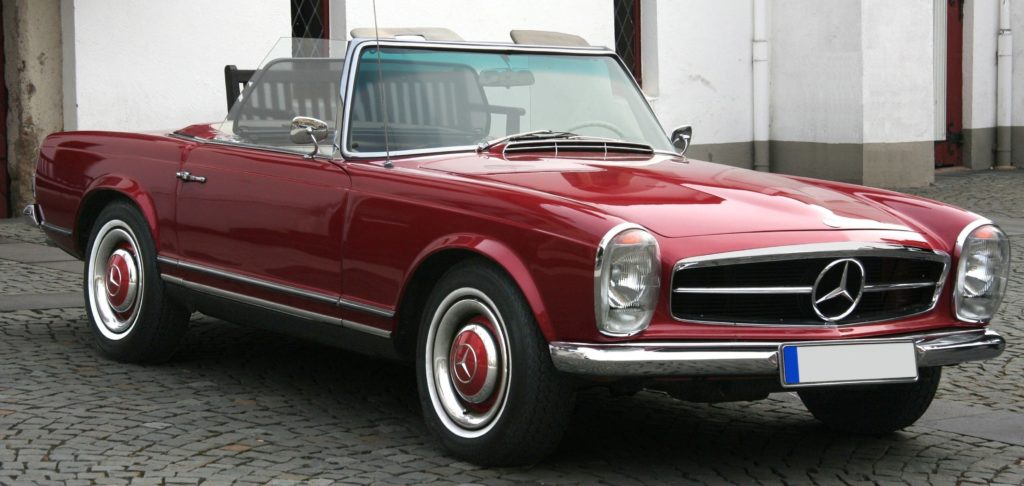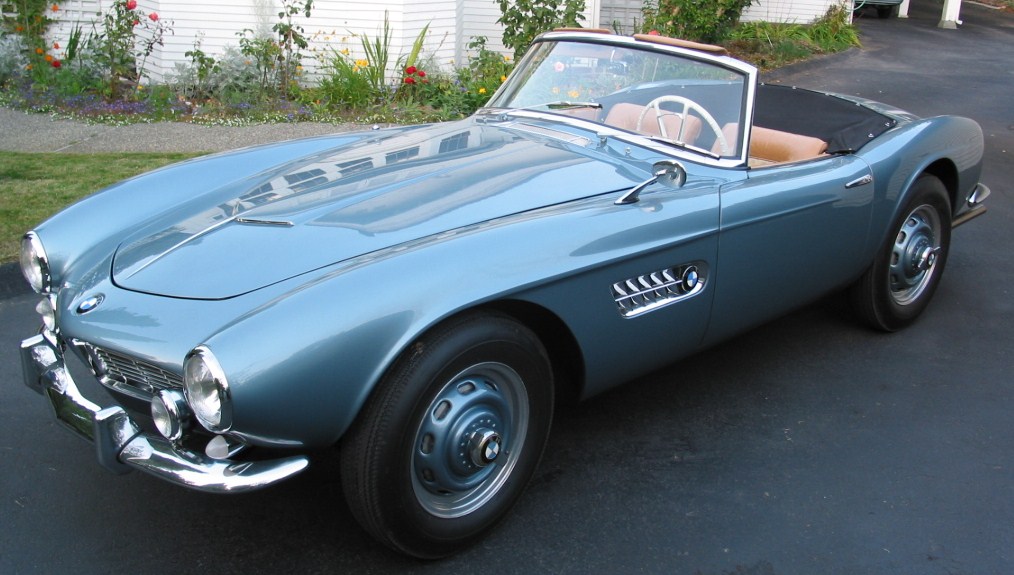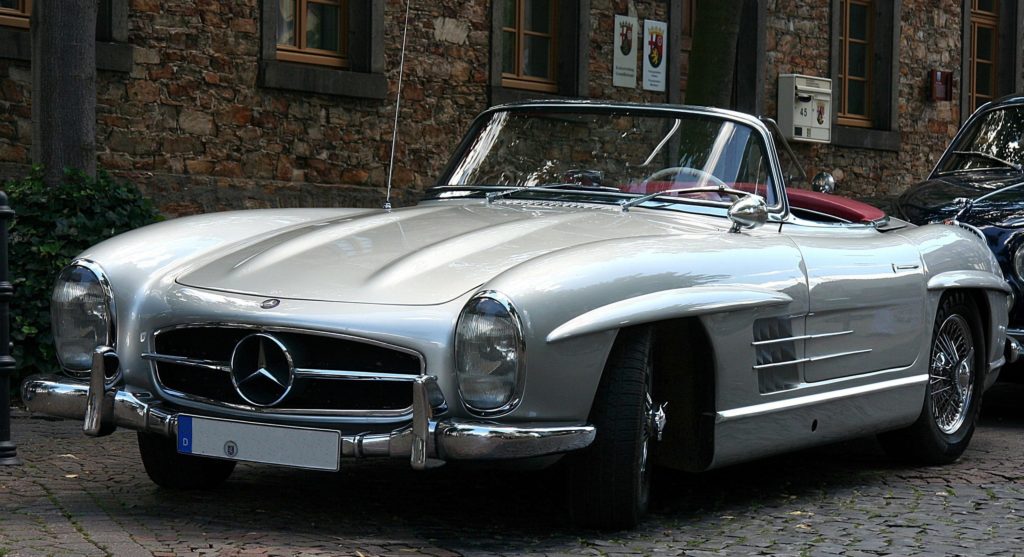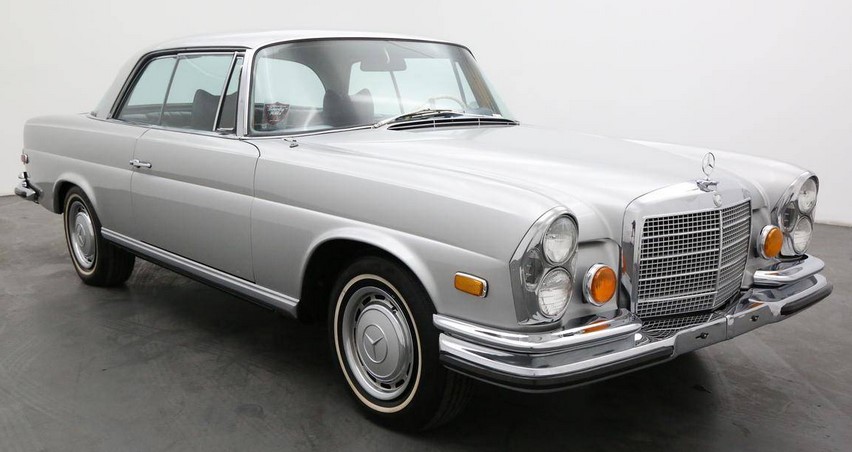I spoke about sports being played in empty stadiums because of the Chinkvirus — which I can sorta understand, because by their very nature and architecture, stadiums cram people together in their seats.
I do not understand why Augusta National is holding their postponed tournament without spectators, though.
Since our initial announcement to postpone the 2020 Masters, we have remained committed to a rescheduled Tournament in November while continually examining how best to host a global sporting event amid this pandemic. As we have considered the issues facing us, the health and safety of everyone associated with the Masters always has been our first and most important priority.
Throughout this process, we have consulted with health officials and a variety of subject matter experts. Ultimately, we determined that the potential risks of welcoming patrons and guests to our grounds in November are simply too significant to overcome.
Even in the current circumstances, staging the Masters without patrons is deeply disappointing. The guests who come to Augusta each spring from around the world are a key component to making the Tournament so special. Augusta National has the responsibility, however, to understand and accept the challenges associated with this virus and take the necessary precautions to conduct all aspects of the Tournament in a safe manner. We look forward to the day when we can welcome all of our patrons back, hopefully in April 2021.
I don’t think that the problem is as bad as they make it sound — assuming that there even is a problem by the time the tournament begins — but Augusta National has always been a sensible kind of operation (except when they allowed women to become members, that is), so there it is.
I for one always watch the Masters on TV — I can’t remember ever missing it. Even when I still lived in Seffrica I’d stay awake through the night to watch Player and Nicklaus and Palmer grappling with the course.
Playing Augusta was once a Bucket List item, but no more: I’m too old, and my golf game, always kinda shit, would make me a laughing stock if I did somehow manage to get to play there.

I’d still like to drive a fast-ish car around Spa Francorchamps, though; not in a race, but maybe on a Track Day.

I’m not too old for that. Especially in one of these:













